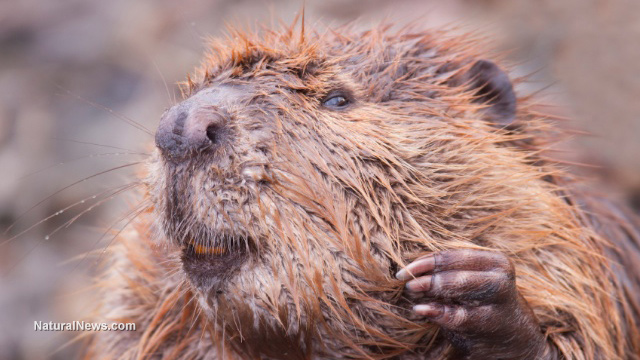
Advertisement
Have you ever tried eating “beaver butt?” If you think you haven’t, then think again.
Millions of people around the world are now consuming or, at least, have consumed “beaver butt” without knowing what it is or that they’ve eaten it.
Beaver butt, also called “castoreum,” is emitted from the castor sacs within the beaver’s anus. The animals use this slimy brown substance to mark its territory; us humans, however, now use it as an additive usually labeled “natural flavoring” — vanilla, strawberry and raspberry are the most common flavors.
Contrary to what most might imagine, castoreum, after being processed, actually emits a pleasant scent, thereby making it a perfect candidate for food products. Castoreum, in fact, has such a nice smell that perfume manufacturers have actually been using it for decades to make a variety of fragrances. These anal secretions are said to contain around 24 different molecules, many of which act as natural pheromones.
How “natural” is castoreum?
While some would consider castoreum to be “natural” (it was secreted by an animal, after all), does it mean it’s safe to consume?
Come to think of it, the food industry (the FDA included) can be such an enigma sometimes. Harvesting “anal secretions” from a beaver hardly seems like the more convenient option when compared to, let’s say, actually harvesting real fruits and vegetables for “natural flavoring.” Much like other additives, such as aspartame, high-fructose corn syrup and food colorings, the use of castoreum in food has definitely raised some eyebrows.
After all, who’d really want to knowingly eat secretions from a beaver’s anus anyway?
As with many questionable additives and ingredients in today’s food market, however, the decision ultimately lies with you. If you hate the idea of consuming “beaver butt” or anything of that sort, then know the food that you eat. Remember: Sparing a few seconds to glance at your food labels could have a positive effect on your health in the long run.
Sources used:
Submit a correction >>
This article may contain statements that reflect the opinion of the author
Advertisement
Advertisements















